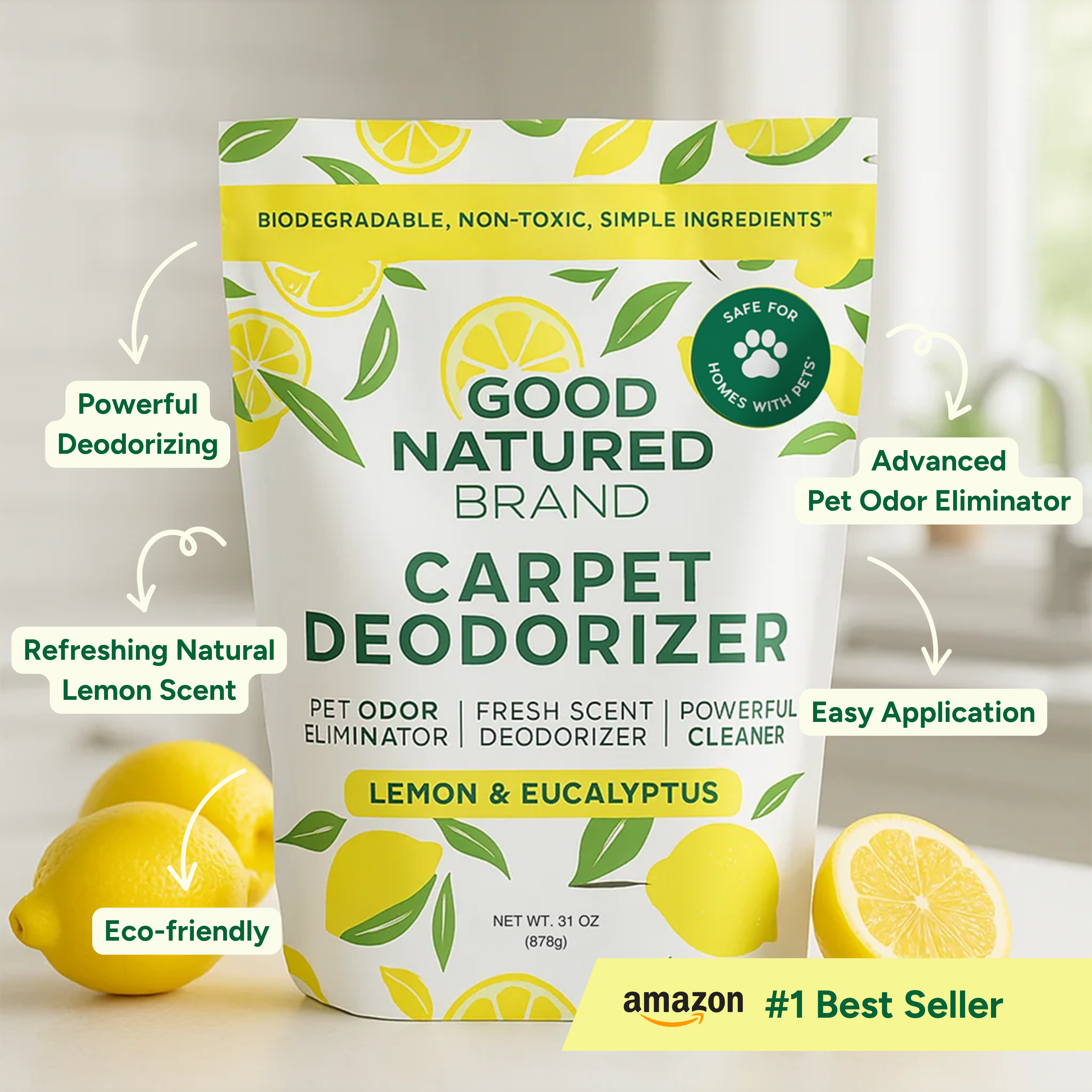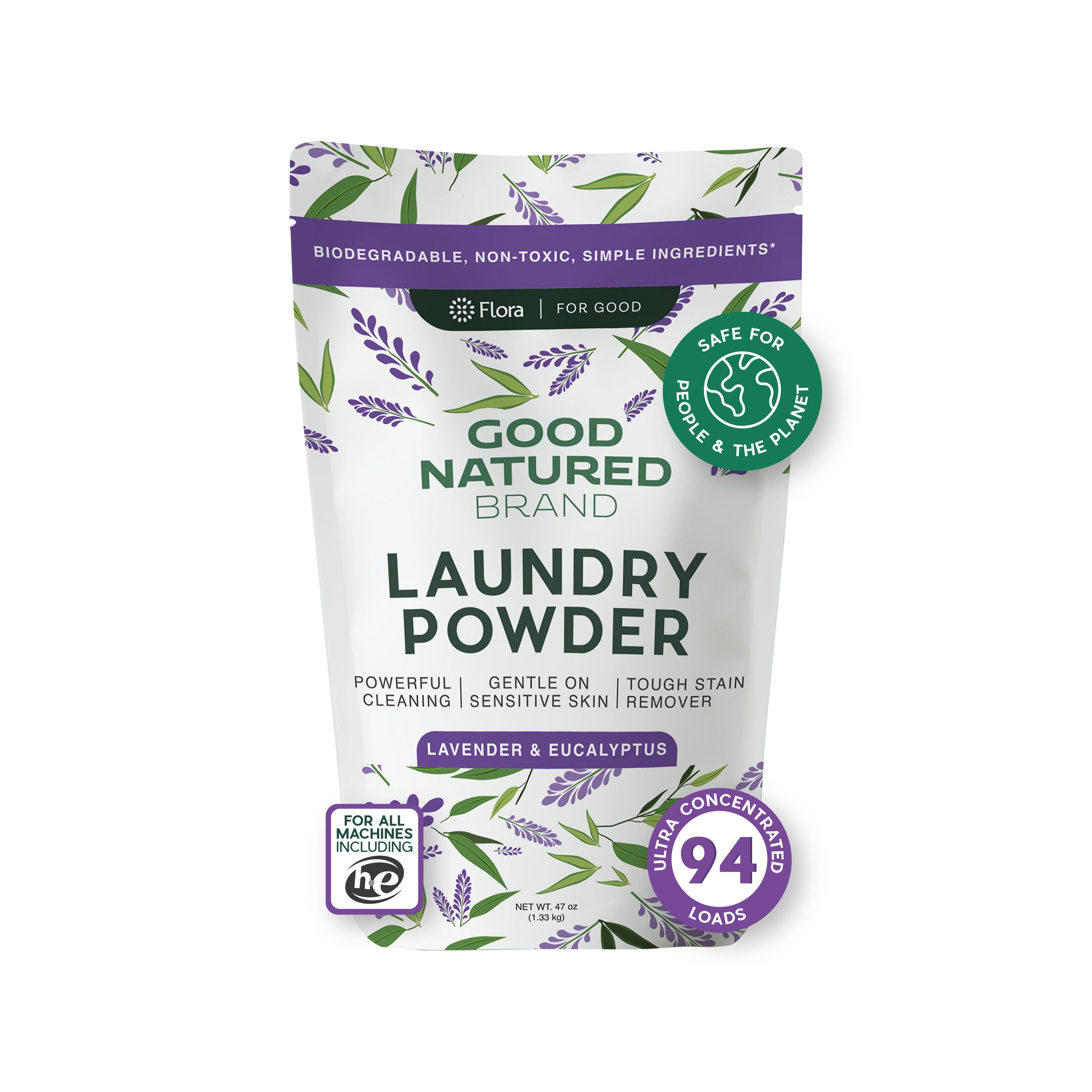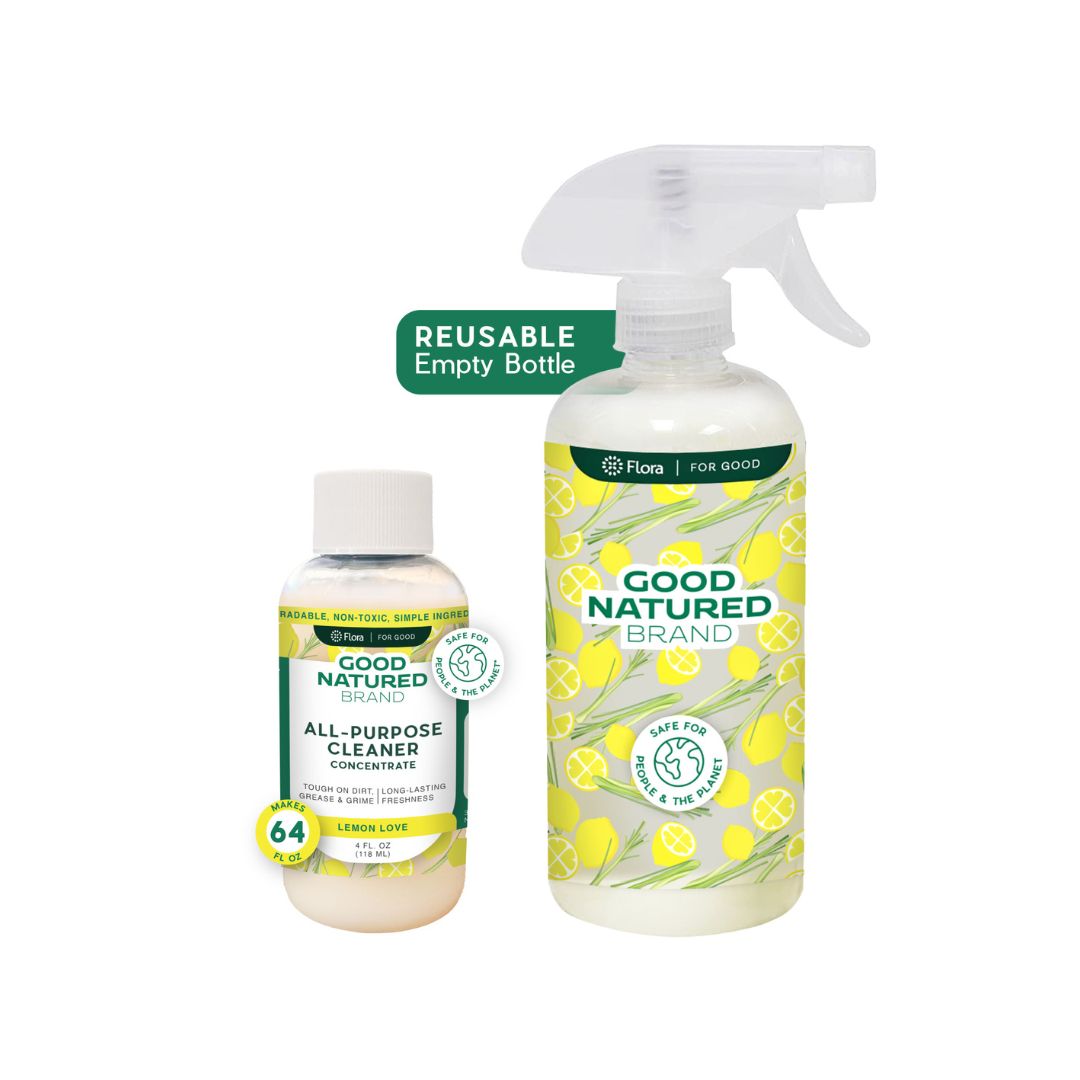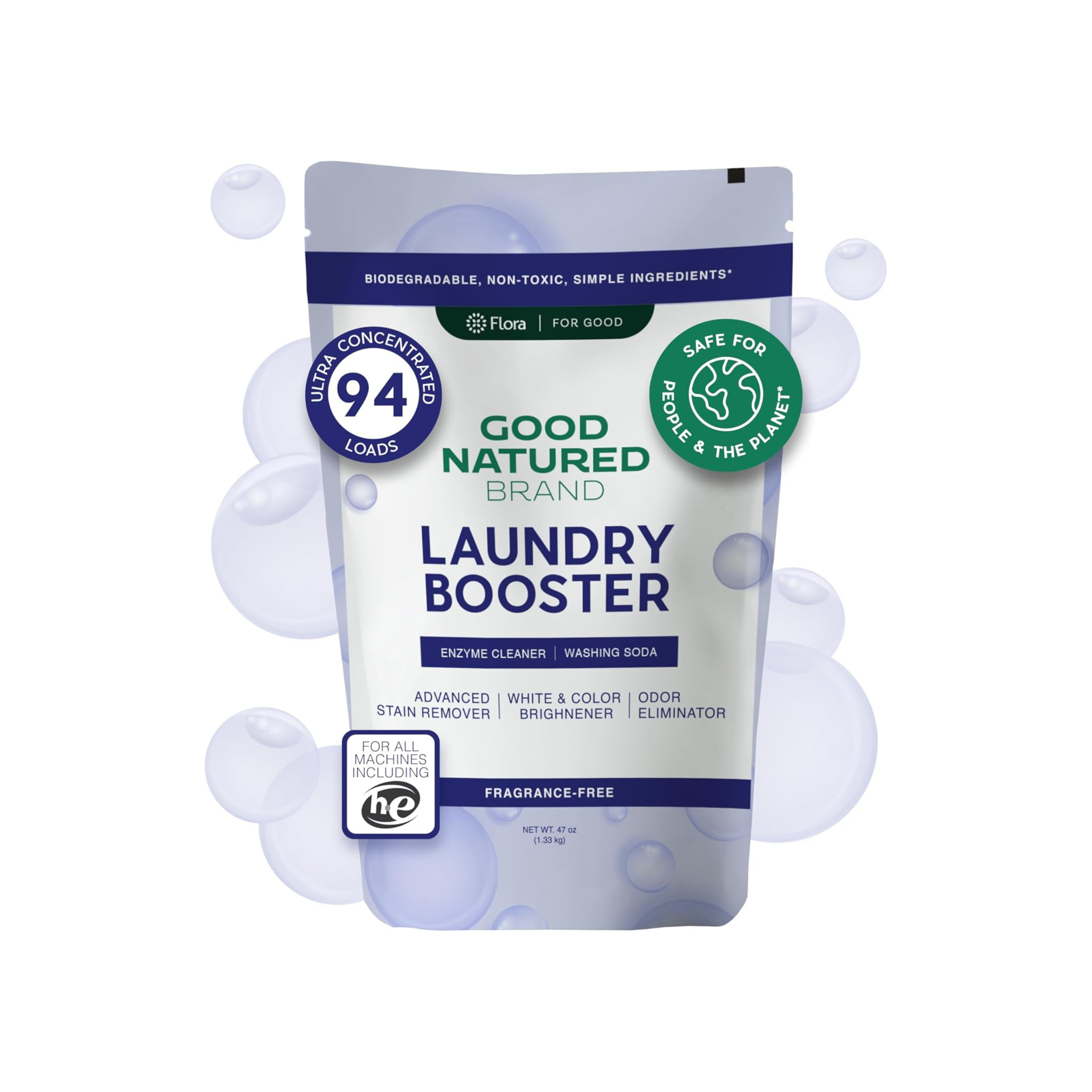Stains are an inevitable part of life; whether it's a coffee spill on your favorite shirt or a muddy paw print on your carpet, they can be frustrating and challenging to remove. However, with the right tools and techniques, you can effectively tackle these pesky stains. One of the most effective solutions available today is the enzyme-based stain remover. In this comprehensive guide, we will delve into what enzyme-based stain removers are, how they work, and why they are a top choice for eco-conscious consumers looking for effective cleaning solutions.
Understanding Enzyme-Based Stain Removers
Enzyme-based stain removers are specialized cleaning products formulated with enzymes that break down various types of stains. Enzymes are natural catalysts that accelerate chemical reactions, making them highly effective for stain removal. These stain removers are particularly renowned for their ability to tackle organic stains such as food, grease, blood, and pet messes.
How Do Enzyme-Based Stain Removers Work?
The science behind enzyme stain removers is fascinating. When you apply these products to a stain, the enzymes target specific molecules associated with the stain. For example:
-
Proteases: These enzymes break down protein-based stains, such as blood or egg.
-
Amylases: Effective against carbohydrate stains like pasta sauce or chocolate.
-
Lipases: These are designed to tackle fat and grease stains, making them ideal for oily substances.
Once the enzymes break down the stain into smaller, more manageable particles, they can be easily rinsed away, leaving your fabrics clean and fresh. This unique mechanism not only helps to remove tough stains but also ensures that your cleaning process is more efficient and less abrasive.
The Benefits of Using Enzyme-Based Stain Removers
Choosing enzyme-based stain removers offers multiple advantages that make them a preferred option for many households.
Eco-Friendly and Biodegradable
One of the most significant benefits of enzyme-based cleaners is their eco-friendliness. These products are often made from natural ingredients and are biodegradable, meaning they break down easily in the environment and do not contribute to pollution. This aligns perfectly with the principles of sustainable living, making enzyme-based cleaners a responsible choice for environmentally conscious consumers.
Safe for Fabrics
Enzyme-based stain removers are gentle on most fabrics, making them suitable for a wide range of materials including cotton, wool, and synthetic fibers. Unlike harsh chemical cleaners, which can damage or discolor fabrics, enzyme cleaners work effectively without compromising the integrity of your garments or upholstery. This is especially important for delicate fabrics that require special care.
Versatile Stain Removal
Another advantage of enzyme-based products is their versatility. They can effectively treat a variety of stains from different sources, including:
-
Food and beverage spills
-
Pet accidents
-
Grease and oil stains
This versatility makes enzyme-based stain removers an essential addition to your cleaning arsenal. For example, if you have pets, combining enzyme stain removers with Carpet Fresheners can help keep your home odor-free and fresh.
Cost-Effective Solution
While enzyme-based stain removers may seem more expensive upfront than traditional products, they are often more cost-effective in the long run. Because they are highly concentrated, a small amount can go a long way, reducing the need for multiple applications and ultimately saving you money.
How to Use Enzyme-Based Stain Removers Effectively
To ensure that you get the best results from your enzyme-based stain remover, it's essential to follow a few key steps:
Pre-Treatment
Before applying the stain remover, it’s advisable to pre-treat the stain. Blot the area with a clean cloth to absorb as much of the stain as possible. Avoid rubbing, as this can push the stain deeper into the fabric.
Application
Follow the instructions on the product label for the best results. Generally, you'll want to apply the enzyme-based stain remover directly to the stained area. Allow it to sit for the recommended time—this could range from a few minutes to several hours—depending on the severity of the stain.
Rinse and Wash
After the dwell time, rinse the area with cold water or wash it as recommended. For fabrics, you can include it in your next load of laundry, using Laundry Powders for an added cleaning boost.
Regular Maintenance
To keep your home clean and fresh, consider incorporating enzyme-based cleaners into your regular cleaning routine. Using All Purpose Cleaners can complement your stain removal efforts by maintaining overall cleanliness in your living space.
Common Myths About Enzyme-Based Stain Removers
Despite their effectiveness, there are several myths surrounding enzyme-based cleaners that may cause hesitation among potential users. Let’s debunk a few:
Myth: Enzyme Cleaners are Only for Specific Stains
While enzyme cleaners excel at removing specific types of stains, they are versatile enough to handle various stains. Many products are formulated to work on multiple stain types, making them a one-stop solution for many cleaning needs.
Myth: They Are Just as Harsh as Chemical Cleaners
In contrast to traditional chemical cleaners, enzyme-based products are typically gentler on surfaces and fabrics. They do not contain harmful chemicals that can cause skin irritation or damage surfaces, making them a safer choice for households with children and pets.
Identifying Your Stain Types
Before selecting an enzyme-based stain remover, it's crucial to identify the types of stains you commonly encounter. Different enzymes target specific stain types, so understanding the nature of the stain will guide you in making the right choice.
Protein-Based Stains
Stains from food items, sweat, and blood fall into the protein-based category. For these stains, look for enzyme cleaners that contain proteases, which are specifically designed to break down protein molecules. Products that combine these enzymes with other cleaning agents can enhance effectiveness. For instance, when paired with Laundry Powders during your laundry routine, you can achieve exceptional results for protein stains.
Carbohydrate Stains
If you frequently deal with stains from sugary drinks, sauces, or pasta, amylases are the enzymes to look for. These enzymes target carbohydrate molecules. Many enzyme-based cleaners effectively remove these types of stains, but consider using a cleaner that is versatile enough to handle multiple stain types.
Fat and Oil Stains
For greasy stains from cooking oils or butter, lipases are your best bet. Seek out enzyme cleaners that contain lipases to break down these stubborn stains. These products are particularly useful when combined with All Purpose Cleaners for a thorough cleaning of kitchen surfaces.
Combination Stains
Often, stains may contain a combination of proteins, carbohydrates, and fats. In such cases, a multi-enzyme cleaner that targets various stain components would be ideal. Many enzyme-based products available today are formulated to handle a wide range of stains effectively, making them versatile for everyday use.
Evaluating Fabric Types
Another critical aspect of choosing the right enzyme cleaner is the fabric type you’ll be treating. Different fabrics have different sensitivities, and using the appropriate cleaner will help maintain their integrity.
Delicate Fabrics
For delicate fabrics such as silk or wool, it’s essential to select a gentle enzyme-based cleaner. Products specifically labeled as safe for delicate materials will be less abrasive while still effective in stain removal. Always conduct a patch test on an inconspicuous area before applying any cleaner extensively.
Durable Fabrics
For more durable fabrics, such as cotton or synthetic blends, you have a wider range of enzyme-based cleaners to choose from. These fabrics can typically withstand stronger formulations. Combining your enzyme cleaner with Carpet Fresheners can also help remove odors and maintain the fabric's freshness.
Considering Scent Preferences
Scent can play a significant role in your decision-making process. Enzyme-based cleaners are available in various fragrances, including lavender, lemon, and unscented options. If you prefer a fresh scent in your laundry or cleaning routine, consider choosing products that align with your preferences. Many consumers enjoy the calming aroma of lavender or the refreshing scent of lemon, which can enhance the overall cleaning experience.
Hypoallergenic Options
If you or your family members have sensitivities to fragrances or chemicals, look for hypoallergenic enzyme cleaners. These formulations are often free from artificial fragrances and dyes, making them suitable for sensitive skin and allergies. Pairing these with Room and Linen Sprays can keep your living spaces free from allergens while providing a pleasant ambiance.
DIY Enzyme Cleaners: A Sustainable Choice
For those who are inclined to make their own cleaning products, creating a DIY enzyme cleaner is a sustainable option. Utilizing natural ingredients like citrus peels and vinegar, you can create a powerful cleaning solution that harnesses the benefits of enzymes. Here’s a simple recipe to get you started:
Homemade Citrus Enzyme Cleaner
-
Ingredients:
-
Citrus peels (lemons, oranges, or grapefruits)
-
Sugar
-
Water
-
A glass jar with a lid
-
-
Instructions:
-
Fill the jar halfway with citrus peels.
-
Add sugar to fill the jar to three-quarters full.
-
Top off with water and seal the jar.
-
Let it sit for a few weeks, shaking it gently every few days.
-
After a few weeks, strain the liquid and use it as an all-purpose cleaner.
-
This DIY solution is not only eco-friendly but also effective in tackling various stains and odors.
Real-Life Testimonials: Success Stories with Enzyme Cleaners
To illustrate the effectiveness of enzyme-based cleaners, let’s share some real-life testimonials from satisfied users:
-
A Busy Parent's Experience: "As a mom of two young kids, I frequently deal with food spills and messes. I discovered an enzyme-based cleaner that works wonders! I used it on a spaghetti sauce stain on my favorite tablecloth, and it came out effortlessly. I also love pairing it with Laundry Powders for our clothes. It has simplified my cleaning routine!"
-
Pet Owner's Delight: "Having two dogs means I often face muddy paw prints and the occasional accident. I found that an enzyme-based carpet cleaner not only removes stains but also neutralizes odors. It works perfectly with Carpet Fresheners to keep my home smelling fresh."
-
Eco-Conscious Consumer: "I switched to enzyme cleaners to reduce my environmental impact. I love how effective they are without harsh chemicals. I can confidently use them on all my surfaces, including kitchen counters and fabrics. Plus, I appreciate the variety of scents available!"
Conclusion
Choosing the right enzyme-based stain remover is essential for effective cleaning and maintaining the integrity of your fabrics and surfaces. By identifying the types of stains you commonly encounter, considering fabric types, and taking scent preferences into account, you can select the most suitable products for your needs. Whether you opt for commercial enzyme cleaners or venture into making your own DIY solutions, the effectiveness of enzymes in tackling stubborn stains cannot be overstated.



















